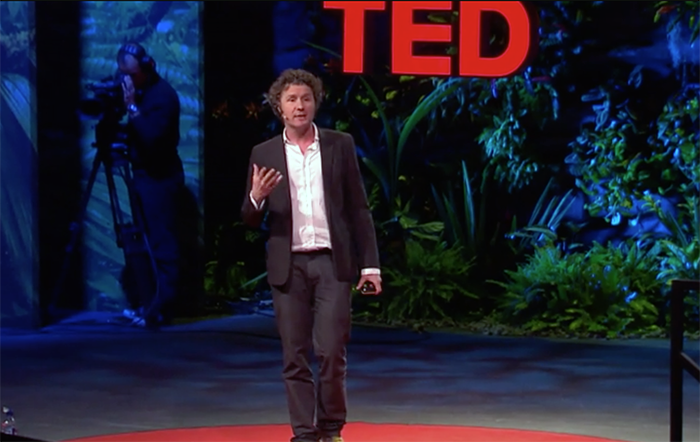 POWERWATCH.ORG. The BMJ recently published a very interesting paper by Petroc Sumner and colleagues, investigating the level and source of exaggeration in media coverage of new research.
POWERWATCH.ORG. The BMJ recently published a very interesting paper by Petroc Sumner and colleagues, investigating the level and source of exaggeration in media coverage of new research.
”Their findings were unexpected, demonstrating that the majority of national news exaggerations were due to the press release that those journalists were provided with, normally by the academic institution itself, rather than the journalists putting their own newsworthy spin on the story.
Their findings were that there was a much greater likelihood that sensationalist news stories would be written if the press release that accompanied the research was exaggerated (58%, 81% and 86% respectively on the three categories above).
The proportion of exaggerated news stories was relatively low if the press release itself was more factual (17%, 18% and 10% respectively). This appears to be relatively clear evidence to support the fact that the majority of exaggerations in mainstream press were due to the quality of press r elease rather than journalists using artistic license with their claims.”
Read more on BMJ.com: Preventing bad reporting on health research (Ben Goldacre)
Also read: Scientific press releases are often misleading (Powerwatch)

 NewsVoice är en nättidning för oberoende nyheter, debatt och analys.
NewsVoice är en nättidning för oberoende nyheter, debatt och analys. 
